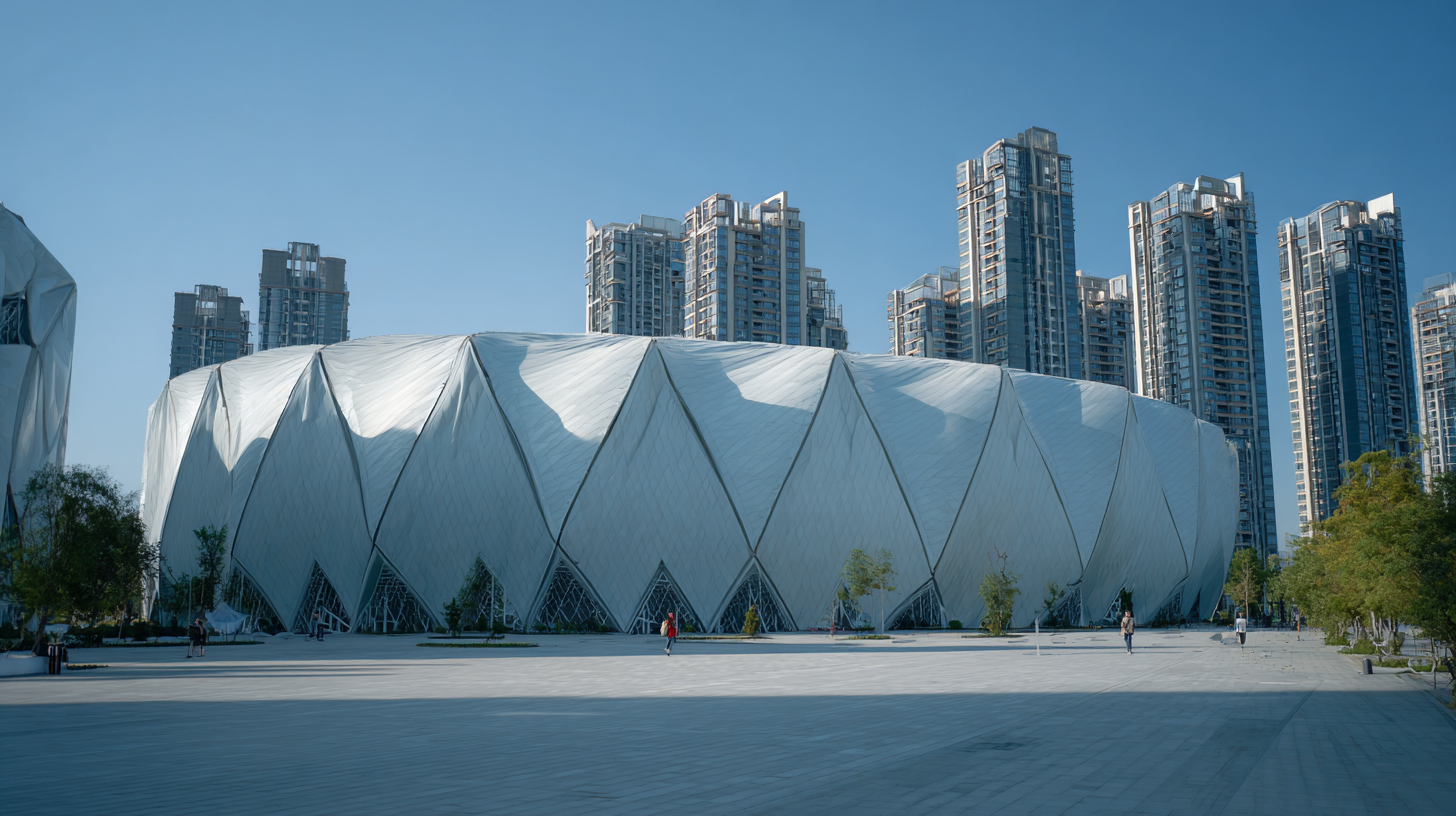In today's competitive manufacturing landscape, understanding the intricacies of PVD coating industry standards is essential for making informed decisions in the selection and application of coating solutions. PVD, or Physical Vapor Deposition, has emerged as a cutting-edge technology that not only enhances the durability and aesthetic appeal of various substrates but also complies with stringent regulatory requirements. With a plethora of options available, navigating the various standards and potential solutions can be overwhelming for manufacturers and consumers alike.

This blog aims to demystify the PVD coating process, outline the key industry standards, and provide essential guidance on how to select the best PVD coating solution for your specific needs, ensuring both performance and compliance in your projects.
In modern manufacturing environments, the importance of physical vapor deposition (PVD) coating cannot be overstated. As industries aim to enhance the performance and longevity of their products, PVD coating emerges as a reliable solution that offers a range of benefits. It provides an exceptional hardness, corrosion resistance, and aesthetic appeal, making it ideal for components exposed to demanding conditions. Industries such as automotive, aerospace, and medical rely increasingly on PVD technology to meet stringent performance standards and maintain competitive advantages.
Choosing the right PVD coating involves understanding various factors, including substrate material, coating thickness, and operational environment. Different PVD coatings, such as titanium nitride or zirconium nitride, exhibit unique properties suited for specific applications. By carefully evaluating these parameters, manufacturers can ensure that they select the best solution that aligns with their product requirements and enhances performance. Moreover, as environmental regulations tighten, PVD offers a more sustainable coating option compared to traditional methods, further solidifying its significance in contemporary manufacturing processes.
 Understanding PVD coating and its industry standards is crucial for anyone looking to select the best solution for their needs. With projections indicating the global vapor deposition market will grow from USD 42.6 billion in 2023 to USD 66.1 billion by 2028, it’s clear that this technology is gaining significant traction across various industries. Key industry standards ensure that manufacturers can deliver high-quality coatings that meet specific performance criteria, which helps to maintain safety, reliability, and efficiency.
Understanding PVD coating and its industry standards is crucial for anyone looking to select the best solution for their needs. With projections indicating the global vapor deposition market will grow from USD 42.6 billion in 2023 to USD 66.1 billion by 2028, it’s clear that this technology is gaining significant traction across various industries. Key industry standards ensure that manufacturers can deliver high-quality coatings that meet specific performance criteria, which helps to maintain safety, reliability, and efficiency.
When considering PVD coating options, it's important to be aware of the various standards that govern product quality and application processes. Familiarize yourself with specifications such as ASTM and ISO standards that dictate the testing and quality assurance processes in the coatings industry.
Tips: Always inquire about the certifications and compliance of PVD coatings with relevant industry standards, as this can be a strong indicator of product reliability. Additionally, look for coatings that offer enhanced features such as antibacterial or anti-scratch properties, which can provide significant advantages in their respective applications. Understanding these elements can empower you to make more informed decisions in choosing the right coating solutions.
When evaluating PVD (Physical Vapor Deposition) coating solutions, it is crucial to consider several key factors that can impact the performance and longevity of your coated products. First, assess the specific requirements of your application, such as the environmental conditions and mechanical stresses the coated surface will face. This understanding will help you gauge which coating materials and techniques are best suited for your needs. Options may include titanium nitride, zirconium nitride, or other advanced coatings that offer varying degrees of hardness, corrosion resistance, and aesthetic appeal.
Next, consider the reputation and reliability of the PVD coating service provider. Review their industry certifications and previous projects to ensure they adhere to quality standards and have a track record of successful coatings. It's also beneficial to inquire about their process and the equipment used, as cutting-edge technology can significantly enhance the durability and effectiveness of the coating. Lastly, don’t overlook the importance of customer support and after-sales service, as these can be critical in maintaining the performance of your coated products over time.
The PVD (Physical Vapor Deposition) coating industry is increasingly gravitating towards Chinese manufacturing, which has established itself as a leader in this field. According to a recent report by the Research and Markets, the global PVD coating market is projected to grow from $20 billion in 2021 to $29 billion by 2026, with a significant portion of this growth attributed to the innovations and efficiencies offered by Chinese manufacturers. These companies leverage advanced technologies and scalable production processes to meet the rising demand for high-performance coatings used in various sectors including electronics, automotive, and aerospace.
Chinese manufacturers have adopted cutting-edge techniques like reactive sputtering and thermal evaporation, which improve the efficiency and quality of PVD coatings. Furthermore, the Ministry of Industry and Information Technology of China indicates that the country is investing heavily in R&D, with over $3 billion allocated in 2022 to enhance coating technologies. This not only boosts production capacity but also ensures compliance with international standards such as ISO 9001 and ASTM, making Chinese PVD solutions globally competitive. As a result, industries worldwide are increasingly relying on Chinese manufacturers for high-quality, reliable PVD coatings that enhance product durability and performance.
The PVD (Physical Vapor Deposition) coating industry is experiencing significant advancements, driven by innovations that are reshaping the market. As demand grows across sectors like electronics and automotive, there is an increasing focus on developing sustainable and high-performance coating solutions. Innovations in materials science, such as the introduction of smart materials that exhibit shape memory characteristics, are poised to enhance the functionality and durability of PVD coatings. These technological advancements not only improve the coating's performance but also contribute to meeting stringent industry standards and regulatory requirements.

Moreover, the landscape of the PVD coating market is influenced by the evolving preferences of end-users who are seeking coatings that offer enhanced properties, including resistance to wear and corrosion. The integration of cutting-edge techniques and novel materials, such as the emerging demand for wide-bandgap semiconductors, reflects the industry's commitment to innovation. Companies are increasingly investing in research and development to explore new applications for PVD coatings, predicting a robust growth trajectory. As the market adapts to these trends, the focus will remain on delivering tailored solutions that meet the specific needs of diverse industries while minimizing environmental impact.
Contact
KYOCERA SGS Precision Tools, Inc.
(330) 686-5700
150 Marc Drive
Cuyahoga Falls, OH 44223
Products
Resources